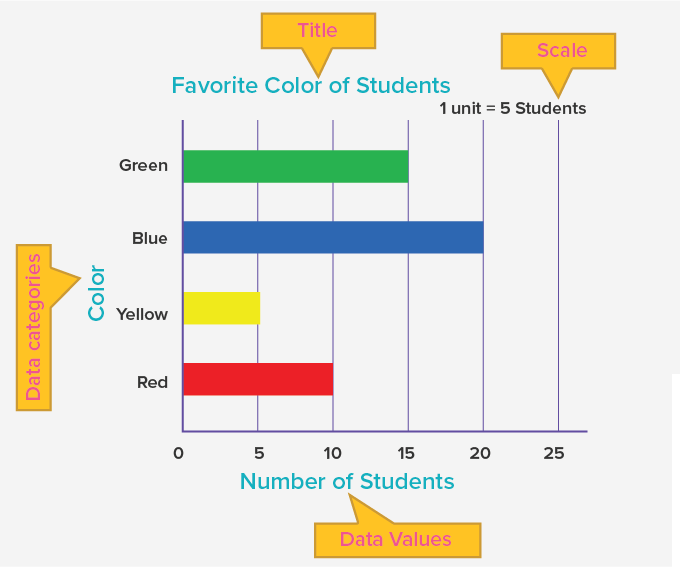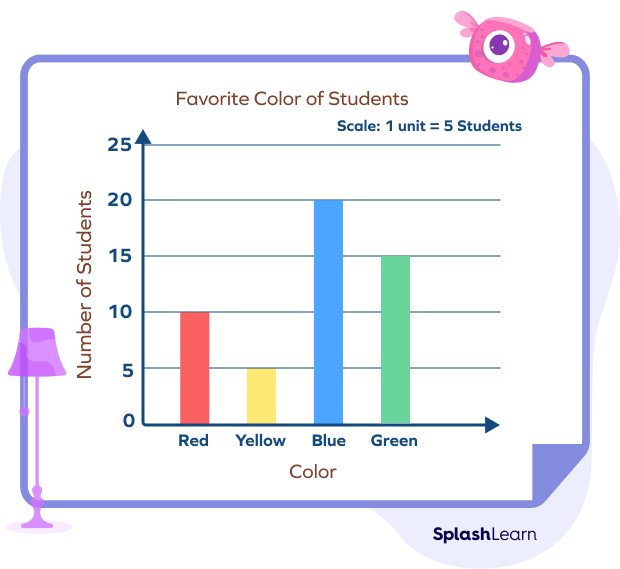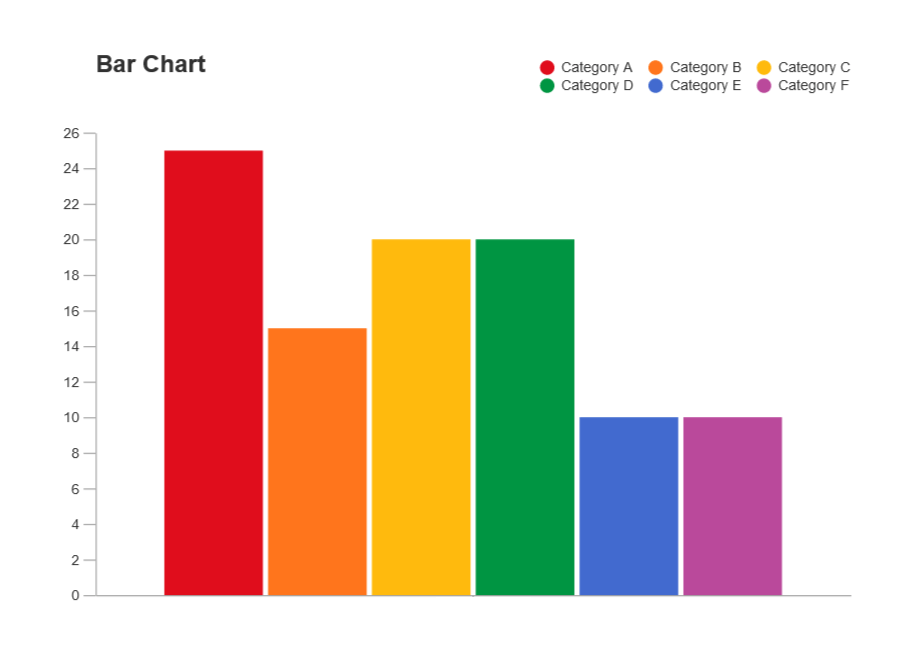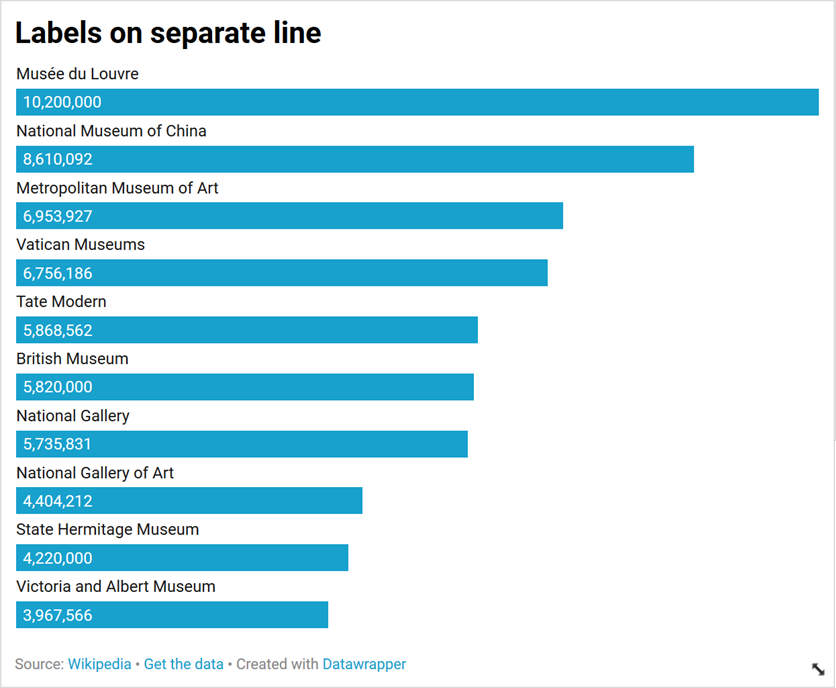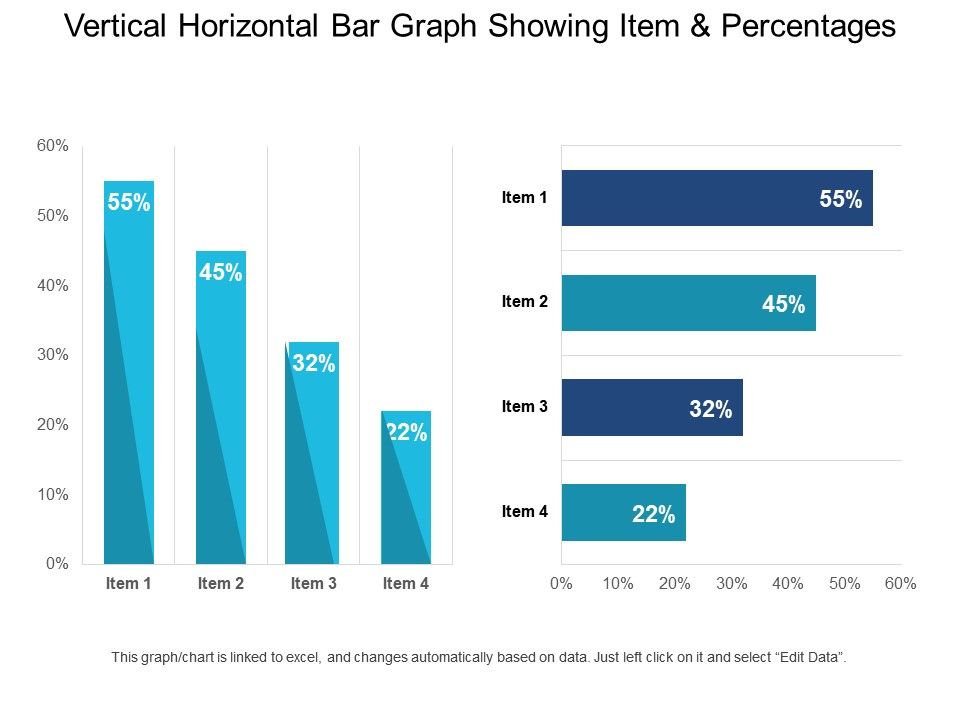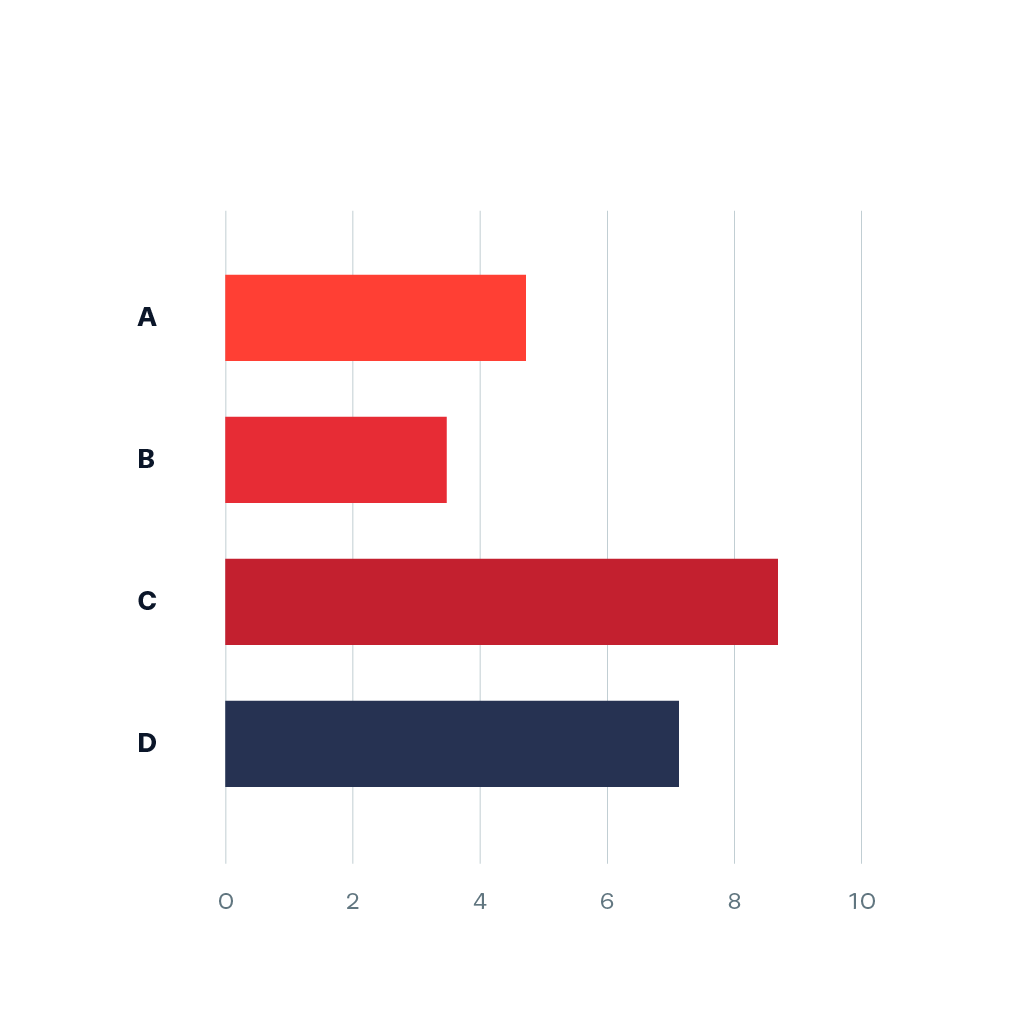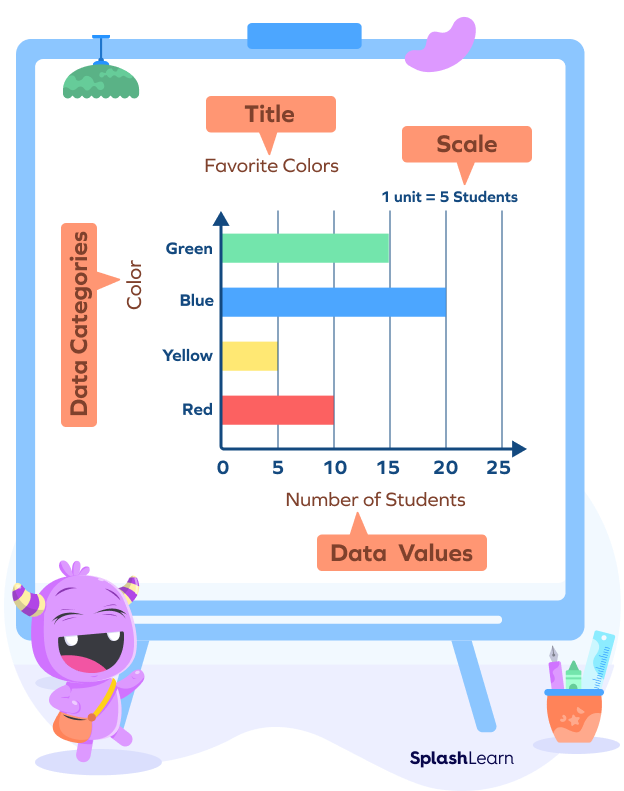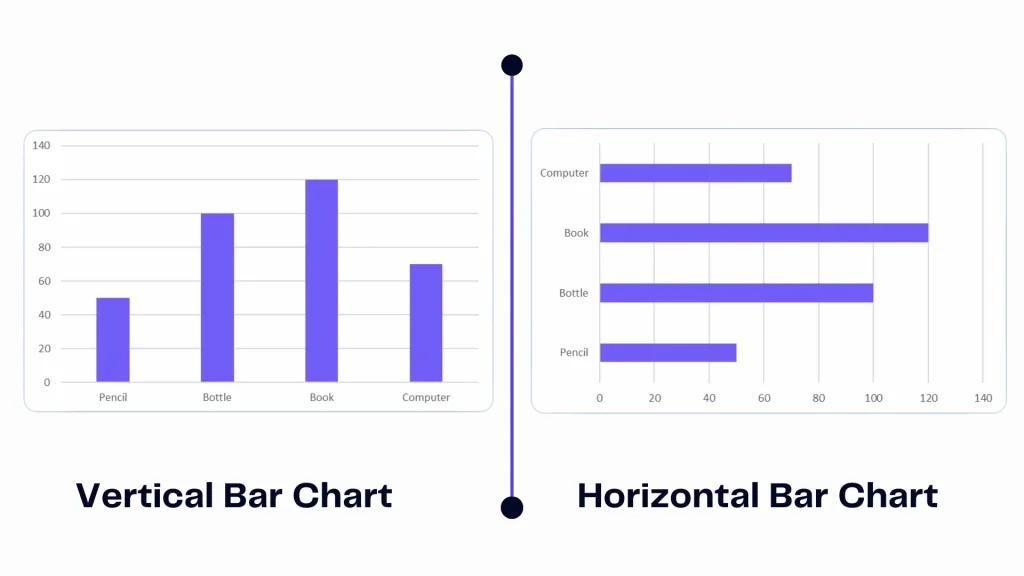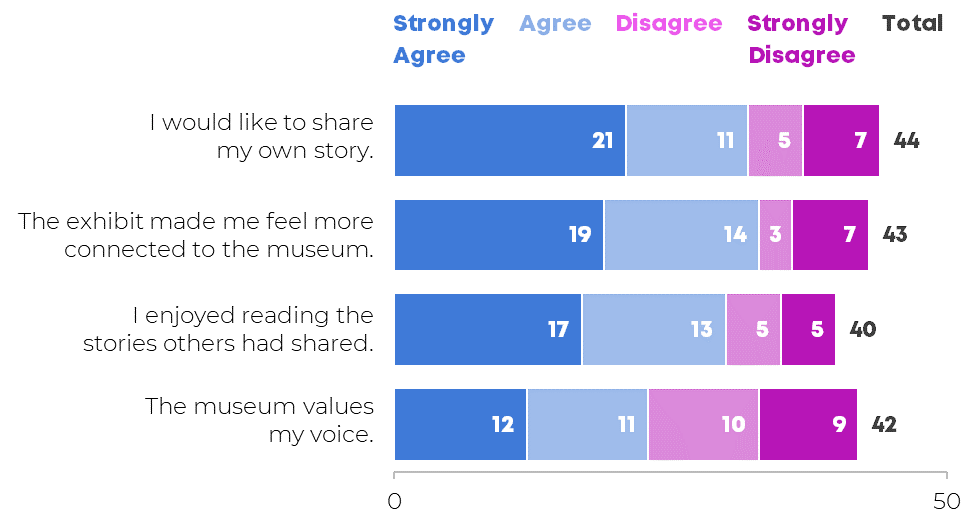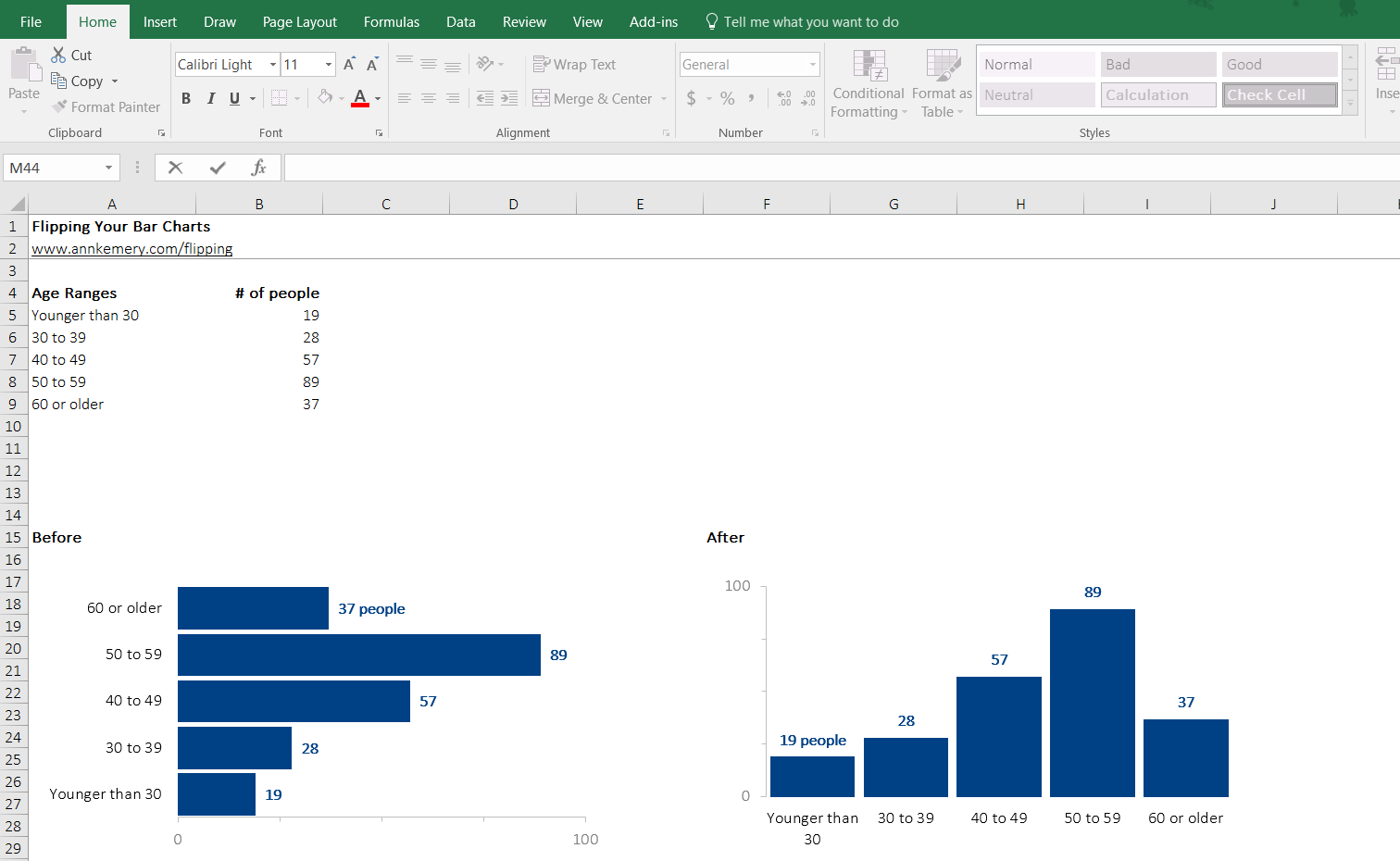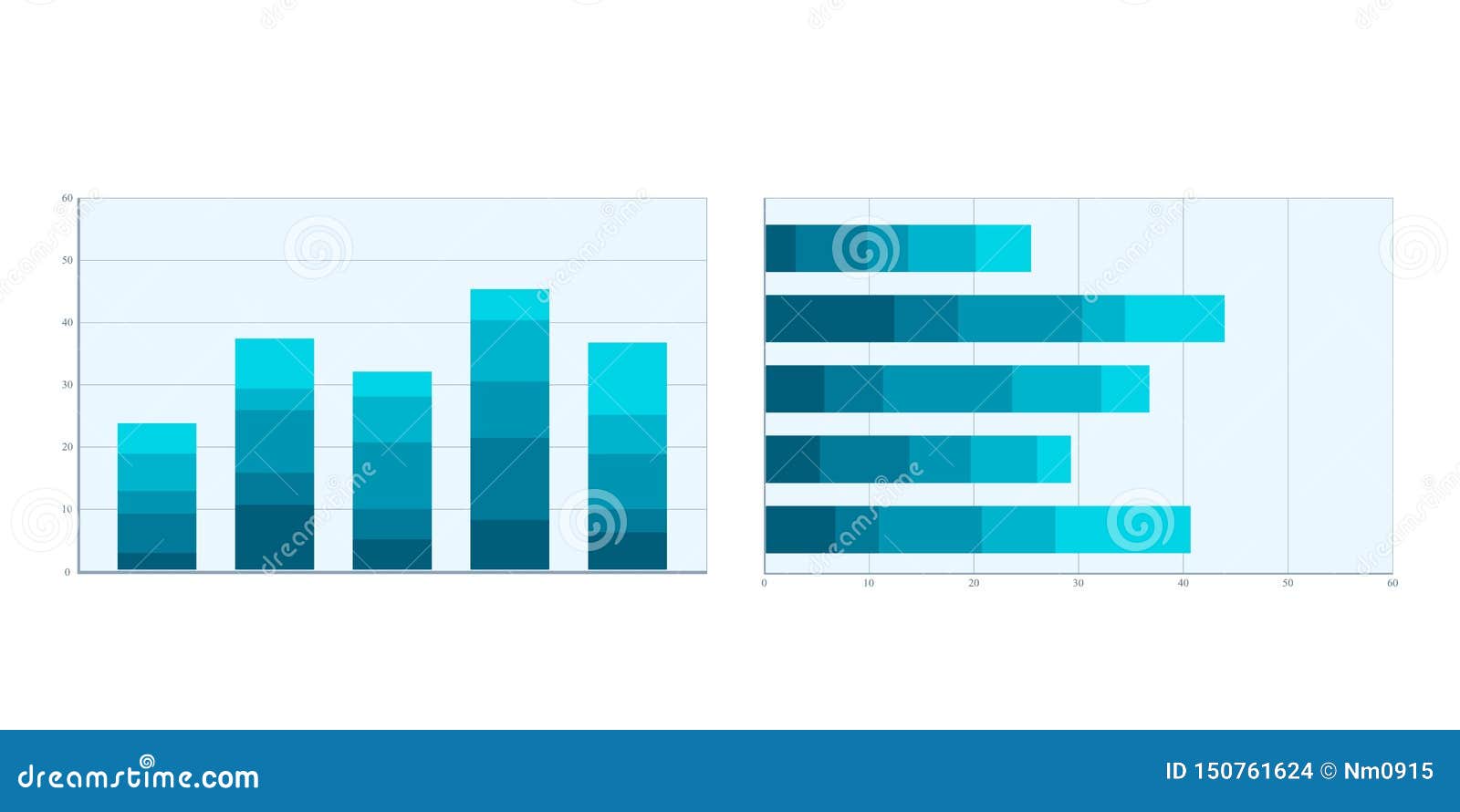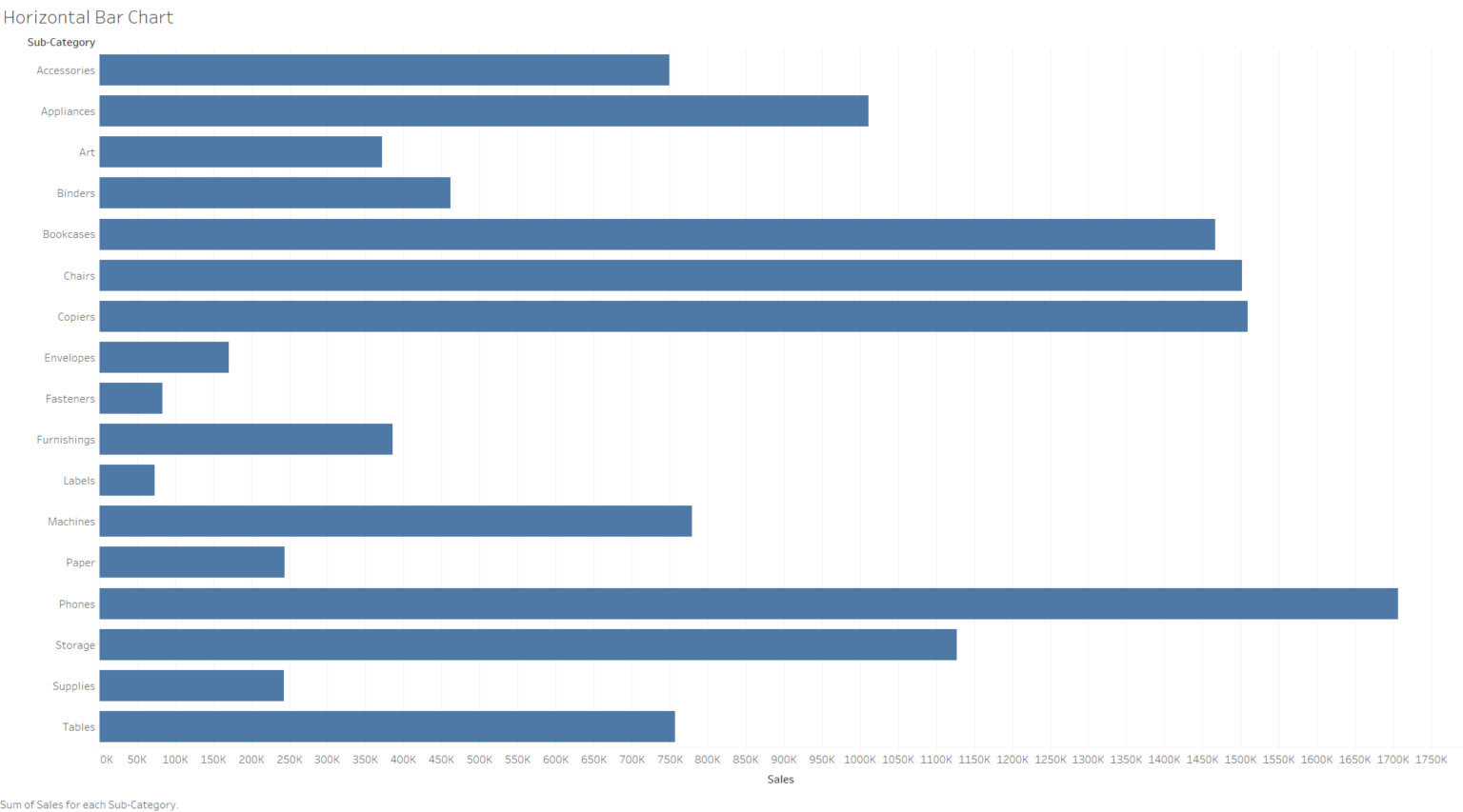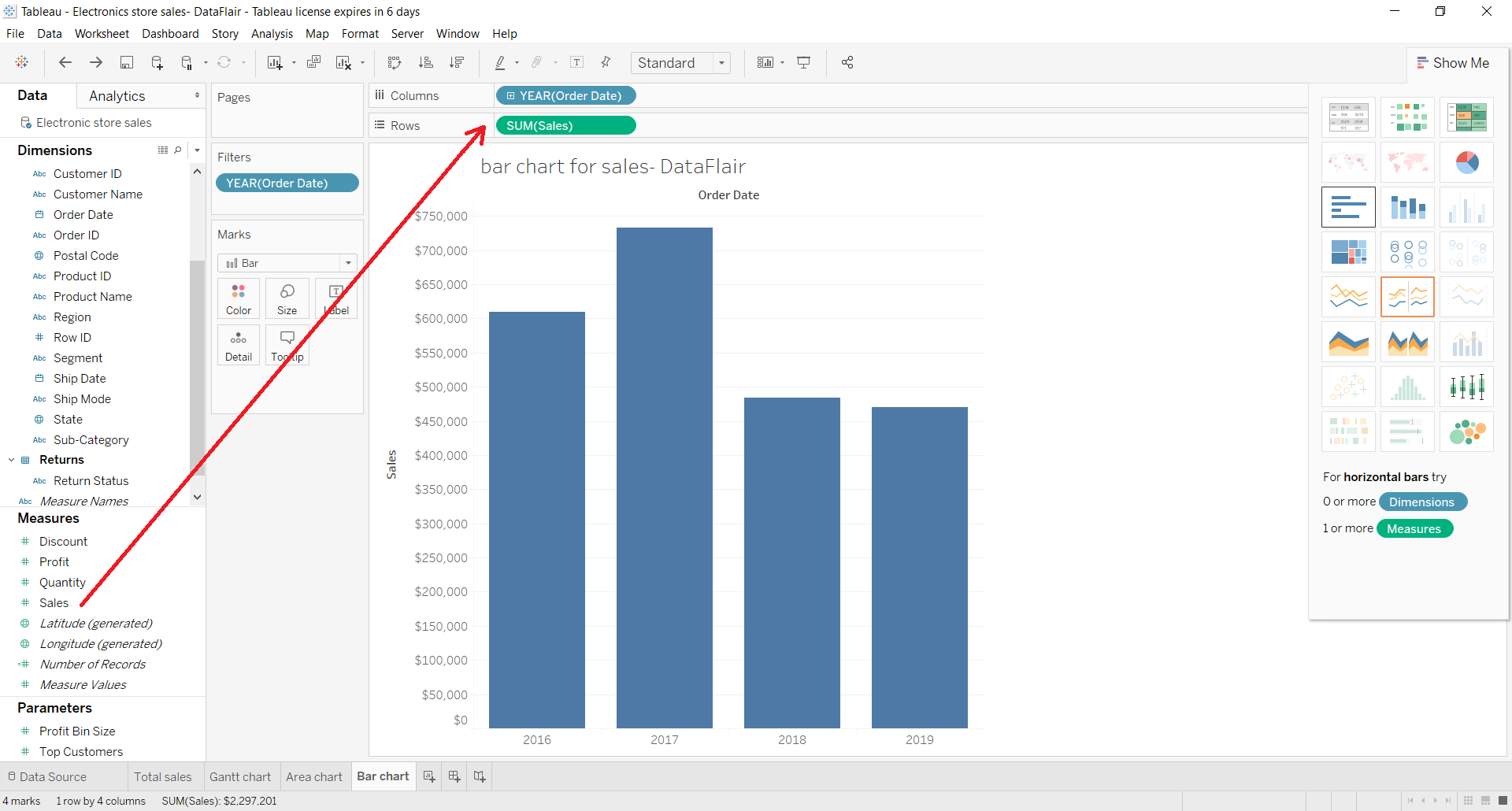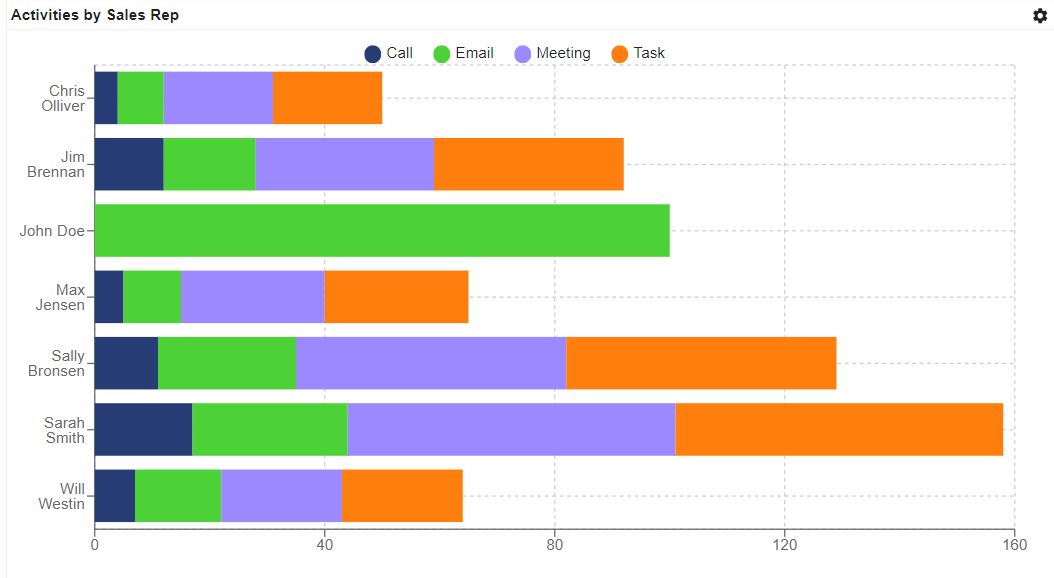Simple Info About When To Use Vertical Vs Horizontal Bar Chart Add Equation In Excel
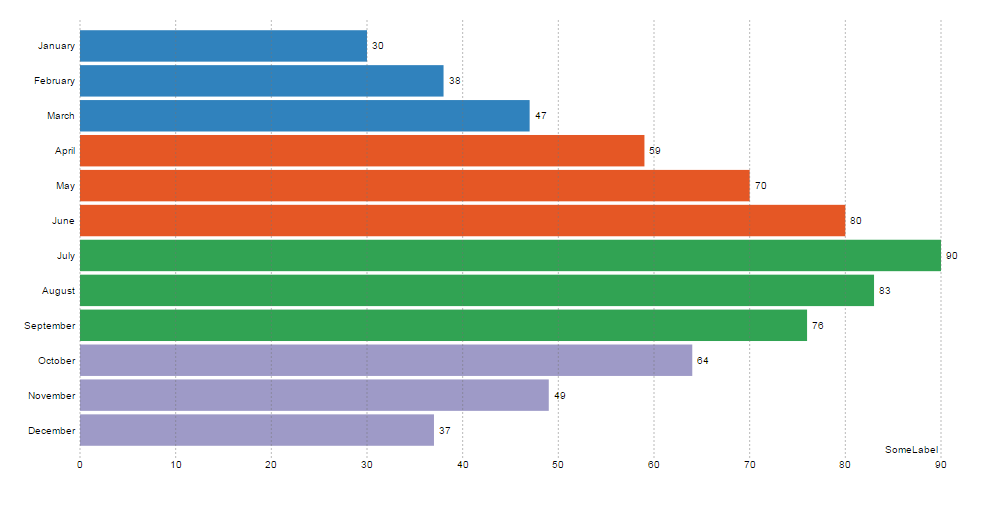
Labels are easier to display and with a big dataset they tend to work better in a narrow layout such as mobile view.
When to use vertical vs horizontal bar chart. It also helps to sort the data from largest at the top to smallest at the bottom. Although bar charts are often displayed by using vertical bars, it is often advantageous to use a horizontal bar chart instead. Being thoughtful about which bar graph you choose can improve readability and understanding of the data.
As mentioned above, bar graphs can be plotted using horizontal or vertical bars. Again, are there situations where this isn't true? What’s the main visual difference between bar and column charts?
If you have long labels for the categories, an horizontal bar chart requires less line breaks than a vertical bar chart. Horizontal bars are typically simply referred to as bars and vertical bars as columns. If you are plotting by time or date, use a column chart with horizontal time/date.
When processing a bar chart, your eyes compare the endpoints. For the purpose of this post, we will only focus on horizontal bars. Horizontal bar charts have some advantages compared to the vertical bar charts:
The important thing to know is that the longer the bar, the greater its value. A solid pick when you’re comparing data over time, giving your audience that. The style depends on the data and on the questions the visualization addresses.
Thus, a horizontal bar plot is probably easier to read. The vibe’s different, you know? When comparing values across different categories, a vertical bar chart offers a simple and.
In vertical form, it is usually called a column chart while in the horizontal form it is referred to a bar chart. Should the bars be vertical (which is the default in many visualisation tools) or horizontal? Use vertical column charts when you’re graphing ordinal variables.
A bar chart is oriented horizontally, whereas a column chart is oriented vertically. Collection of data visualizations to get inspired and find the right type. I use horizontal bar charts most of the time, mostly to make the labels easier to read.
The placement of the bars on a common baseline (whether horizontal or vertical) makes it easy to see quickly which category is the largest, which is the smallest, as well as the incremental differences between categories. When the given data is represented via vertical bars on a graph (chart) paper it is known as a vertical bar chart. These vertical rectangular bars represent the measure of data.
Horizontal bar charts are ideal for comparing data categories with long names or labels. Ordinal variables follow a natural progression—an order. Although alike, they cannot always be used interchangeably because of the difference in their orientation.
